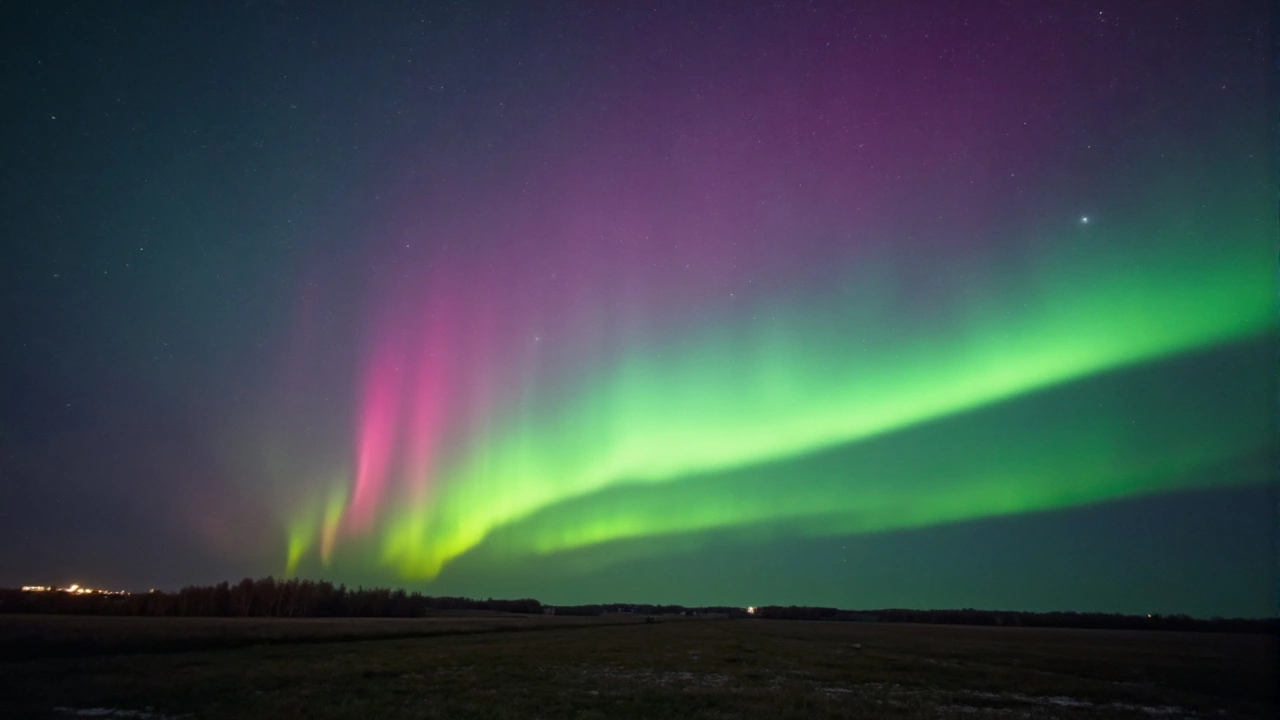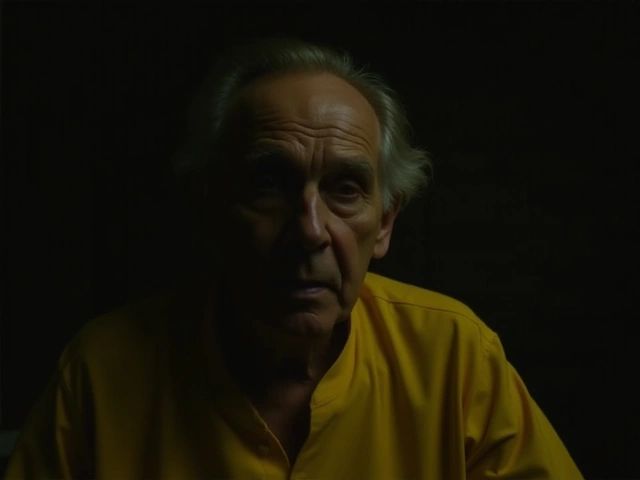Aurora Visibility: Your Simple Guide to Seeing the Northern Lights
If you’ve ever dreamed of watching green curtains dance across a dark sky, you’re not alone. The aurora, or northern lights, can feel like a once‑in‑a‑lifetime show, but with a few easy steps you can boost your chances of catching it. This guide breaks down where to go, when to look, and what tools to use so you don’t waste time standing under a cloudy night.
Top Locations for Aurora Visibility
First, pick a spot with low light pollution. Rural areas far from city lights give the best contrast, letting the colors pop. In the U.S., places like Fairbanks (Alaska), the Upper Peninsula of Michigan, and northern Minnesota rank high. In Europe, Norway’s Tromsø region, Iceland’s countryside, and Scotland’s Isle of Skye are popular. If you’re in the Southern Hemisphere, head to Tasmania or the South Island of New Zealand. The closer you are to the magnetic pole, the stronger the displays usually are.
Even within these regions, micro‑locations matter. Lakes and open fields provide flat horizons, so you can see the lights rise from the ground up. Avoid valleys where hills can block the view. A quick tip: drive a few miles out of a town and park in a dark field – you’ll often get a clearer sky without a long hike.
How to Check the Aurora Forecast
Knowing the sky’s mood is key. Websites like Space Weather Live and apps such as AuroraWatch let you see real‑time KP‑index predictions. A KP‑index of 3 or higher means you have a decent shot, while 5+ signals strong activity that can be seen further south. Check the forecast a few hours before heading out; the aurora can flare up suddenly, so stay flexible.
Weather matters just as much as solar activity. Cloud cover, humidity, and moon phase all affect visibility. Clear, cold nights with a new or crescent moon are ideal. Use a simple weather app to confirm no clouds are expected. If the forecast looks decent, give yourself at least an hour of patience – sometimes the lights arrive late.
Finally, dress for the cold. Layers, insulated boots, and a warm hat keep you comfortable while you wait. Bring a thermos of hot drink and a portable chair; standing still for hours can get tiring. With the right gear, a solid forecast, and a dark spot away from city lights, you’ll maximize your chances of witnessing an unforgettable aurora display.
Remember, the northern lights don’t come with a guarantee, but following these straightforward tips puts you in a much better position. So grab a map, check the KP‑index, and head out when the sky is clear. You might just catch nature’s most dazzling light show right above you.
Kieran Lockhart, Mar, 27 2025
Strong Solar Storm to Illuminate Dutch Skies with Northern Lights Tonight
A strong G3-class solar storm might bring the northern lights to the Netherlands tonight, reaching areas like Groningen and Drenthe. The solar storm is linked to heightened activity during the Sun's 11-year cycle. For the best view, seek dark skies and keep an eye on aurora forecasts, as clear skies and specific magnetic conditions improve visibility.
View More




